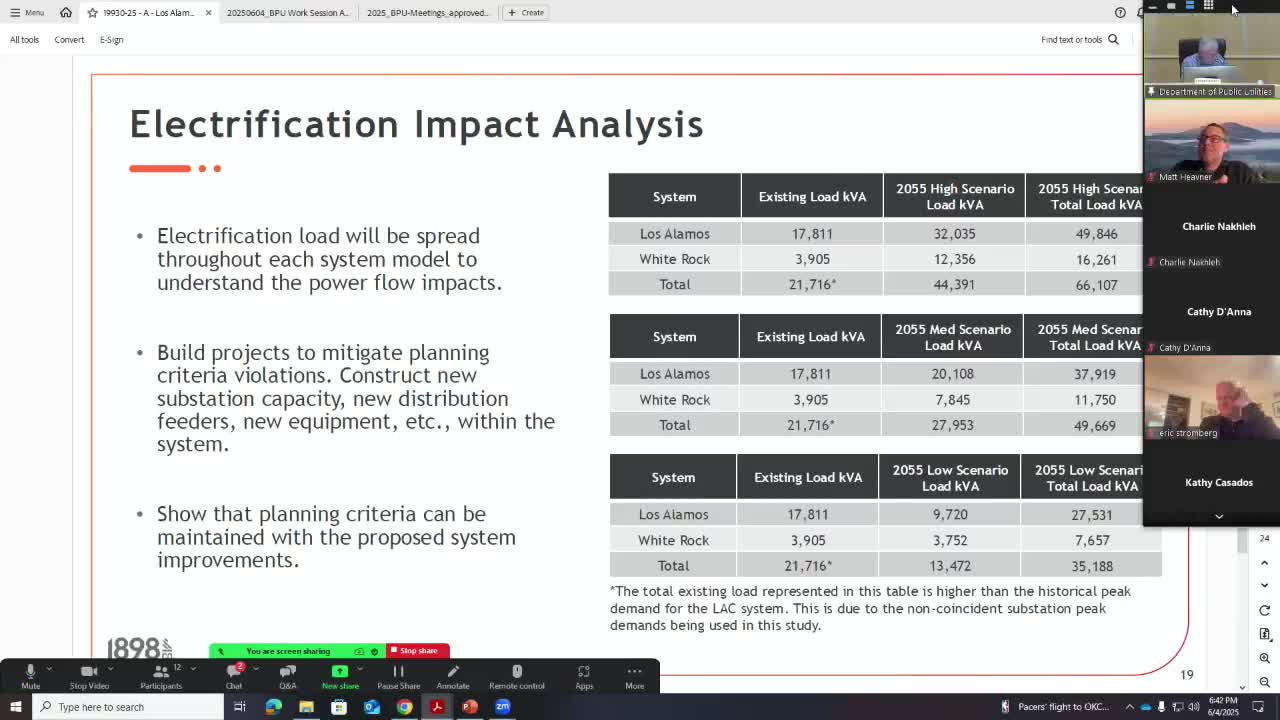Los Alamos County debates solar and battery adoption projections for climate action plan
June 04, 2025 | Los Alamos, New Mexico
Thanks to Scribe from Workplace AI , all articles about New Mexico are free for you to enjoy throughout 2025!

This article was created by AI using a video recording of the meeting. It summarizes the key points discussed, but for full details and context, please refer to the video of the full meeting. Link to Full Meeting
The discussion highlighted that the 50% target was based on successful models from other regions, such as South Australia, where a combination of financial incentives and high electricity costs has led to a significant increase in solar panel installations. Currently, South Australia boasts a 37% adoption rate, which serves as a benchmark for Los Alamos County's aspirations.

Before you scroll further...
Get access to the words and decisions of your elected officials for free!
Subscribe for FreeBoard members expressed skepticism about the feasibility of reaching the 50% mark, particularly due to the community's established homes, which are often not optimally oriented for solar energy collection. Concerns were raised about the limited potential for new construction, which could hinder the installation of solar panels in the future.
In addition to solar energy, the conversation also touched on battery storage solutions. The board discussed a scenario where 20% of homes might incorporate battery systems, contingent on the introduction of financial mechanisms such as time-of-use rates that would make battery storage more appealing to residents. While the current estimate for battery adoption is set at 5%, the board acknowledged that interest in such technologies could grow as more residents seek to explore renewable energy options.
The meeting underscored the importance of community engagement and the need for effective incentives to drive the adoption of solar energy and battery storage. As Los Alamos County moves forward with its climate action plan, the discussions reflect a broader commitment to sustainability and the challenges that come with ambitious energy goals. The board's next steps will involve assessing the community's readiness for these changes and exploring potential financial incentives to encourage solar adoption.
Converted from Los Alamos County - Board of Public Utilities Work Session on 2025-06-04 5:30 PM - Jun 04, 2025 meeting on June 04, 2025
Link to Full Meeting
Comments
View full meeting
This article is based on a recent meeting—watch the full video and explore the complete transcript for deeper insights into the discussion.
View full meeting




